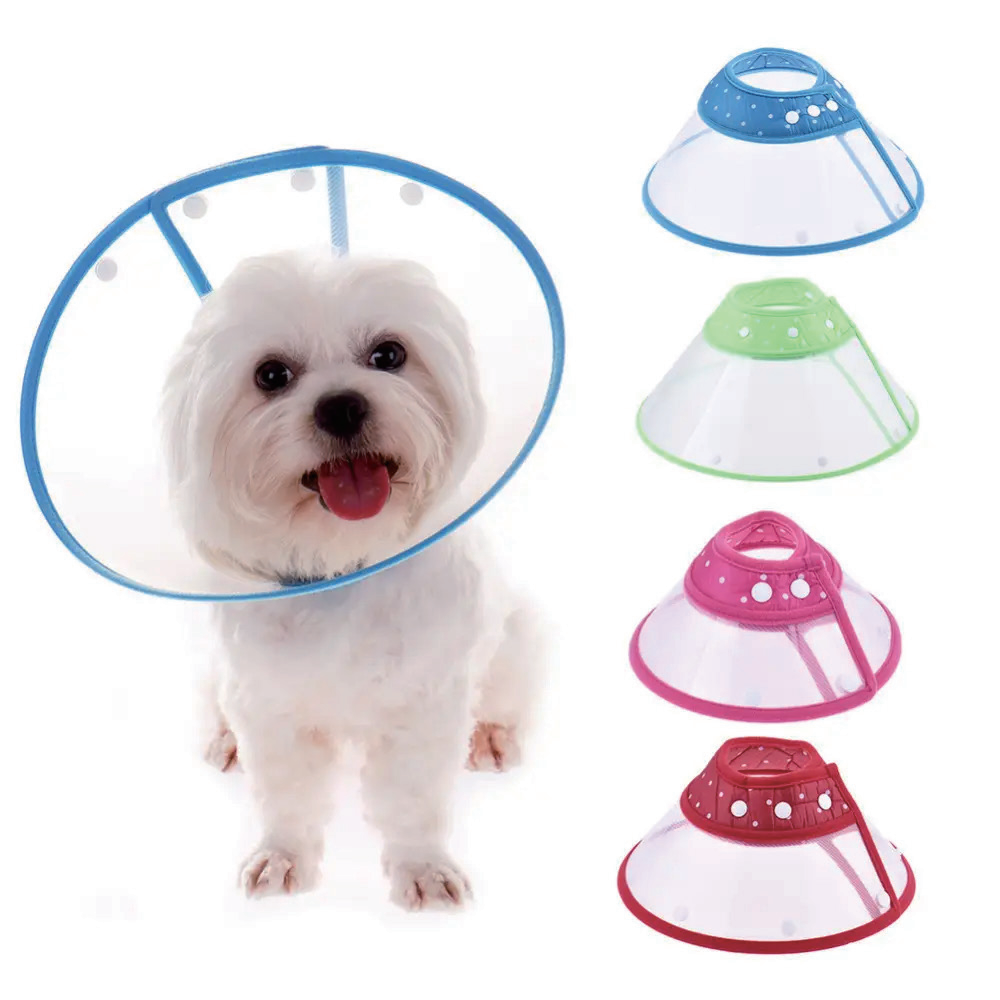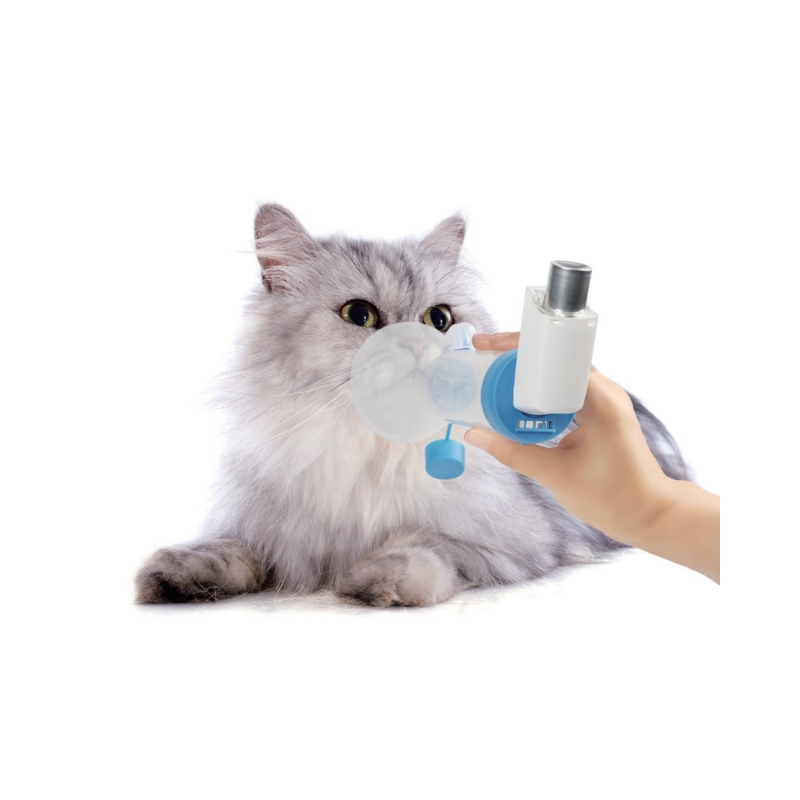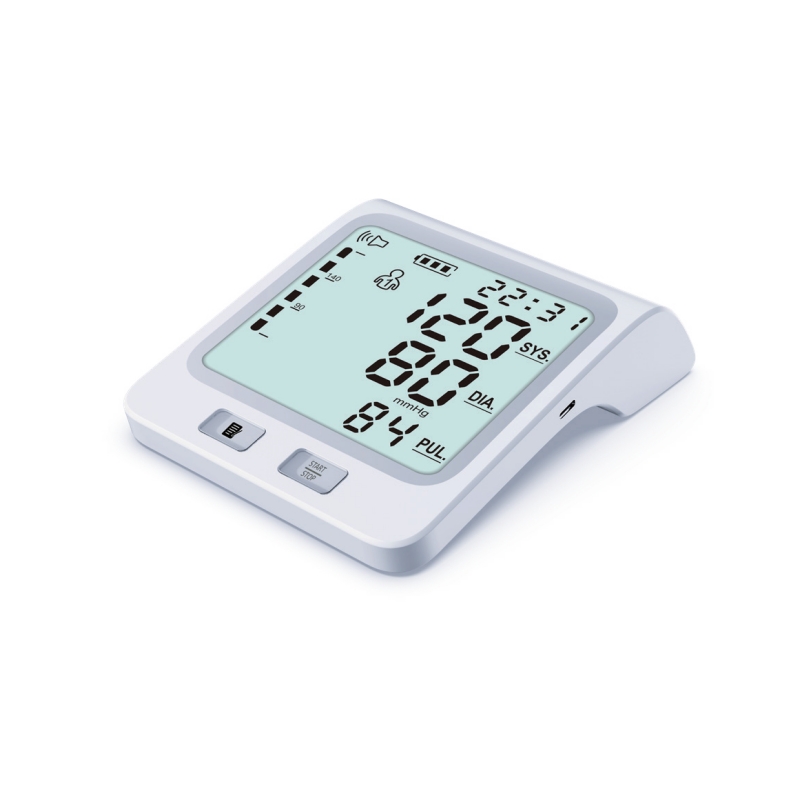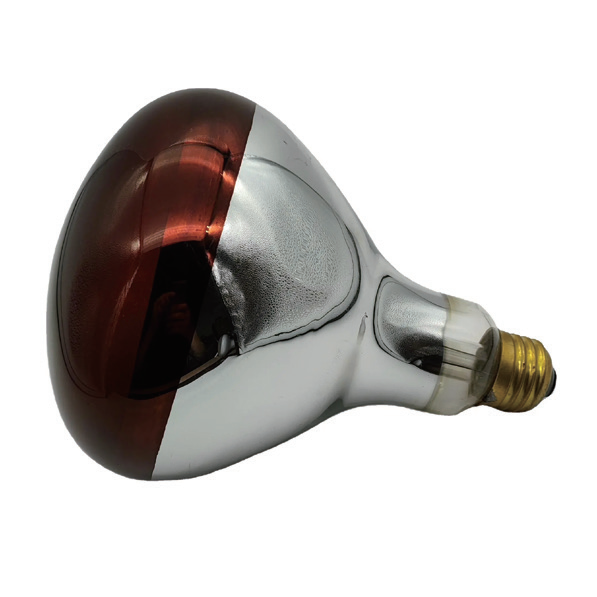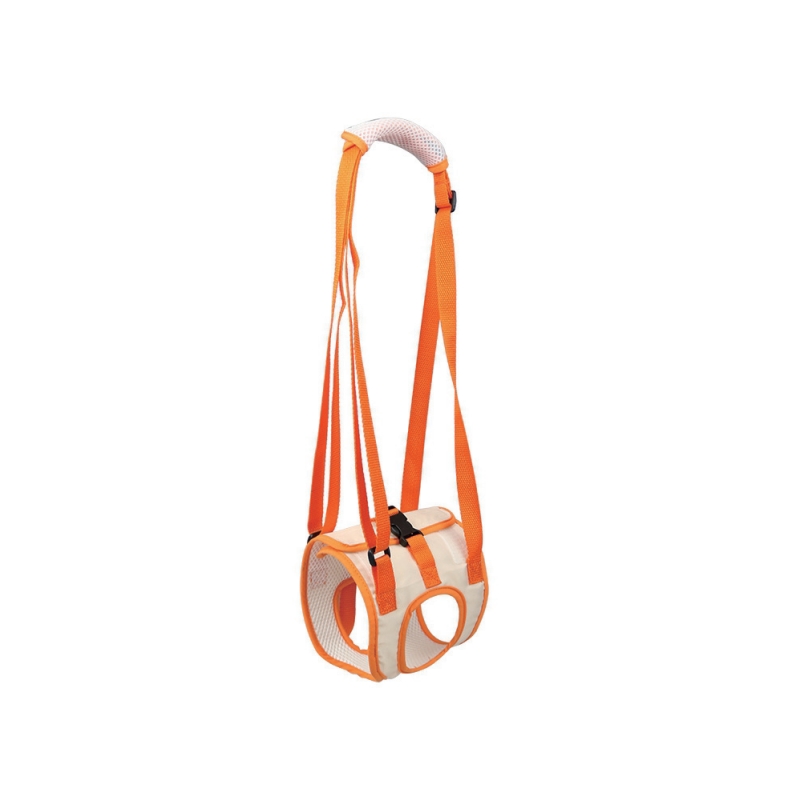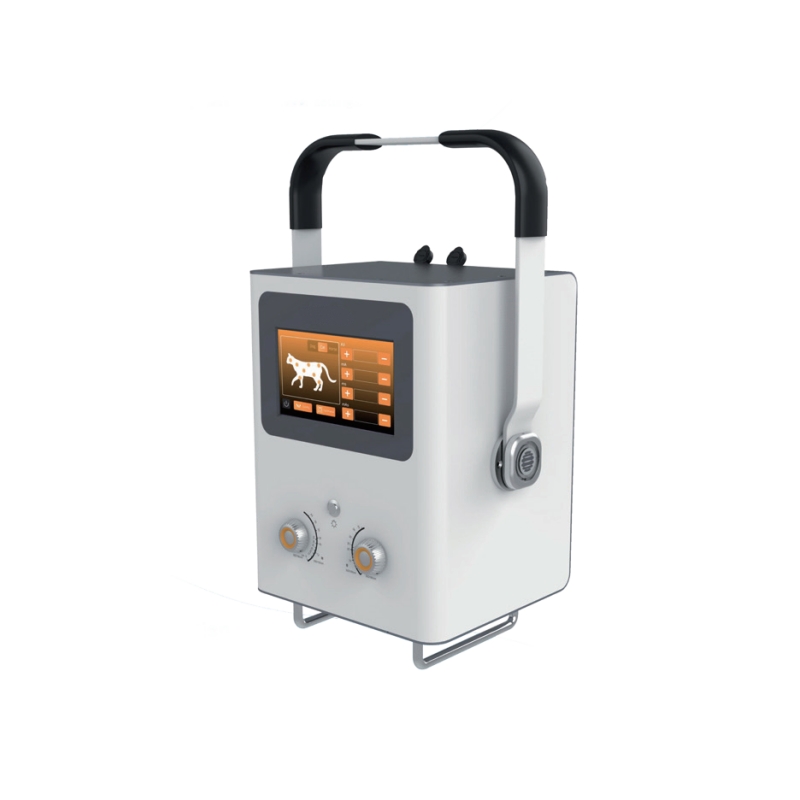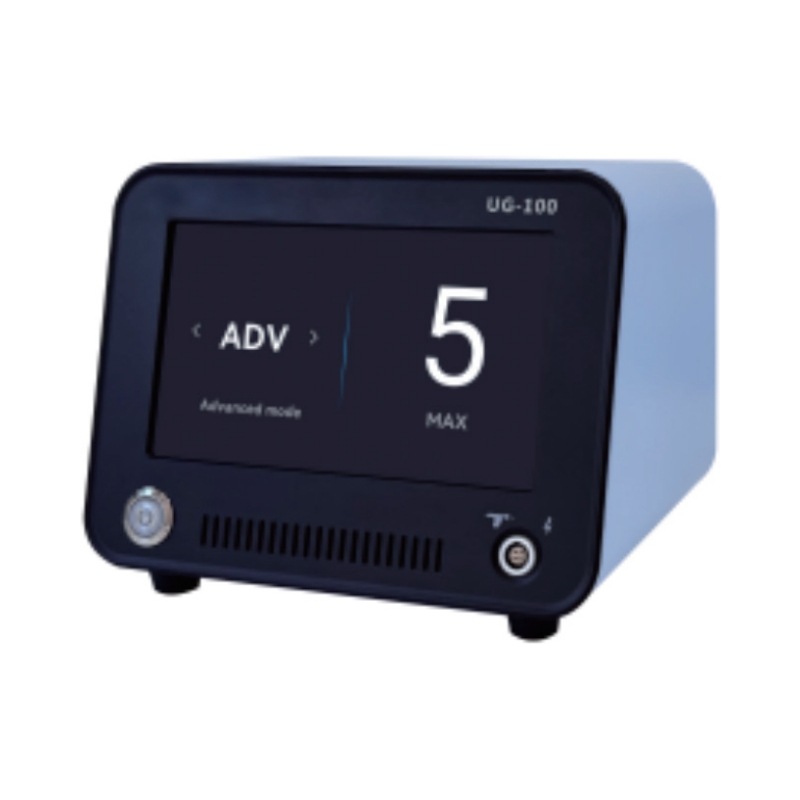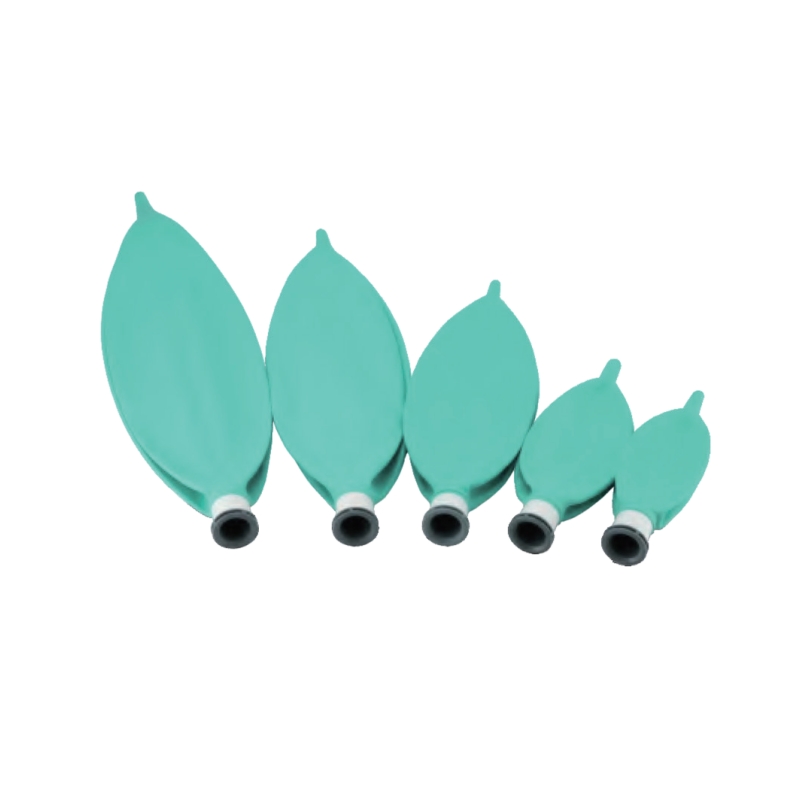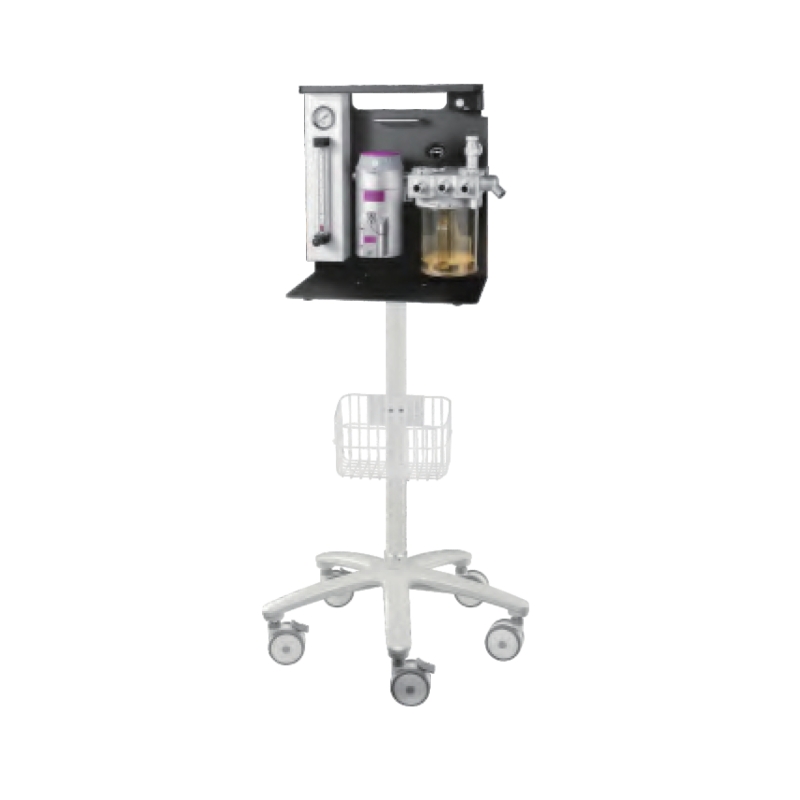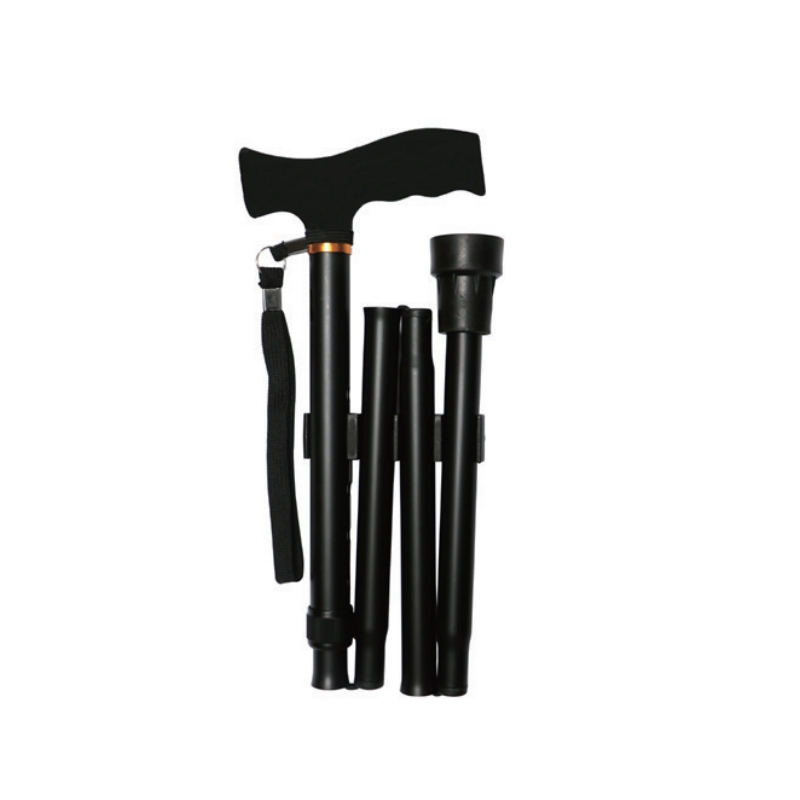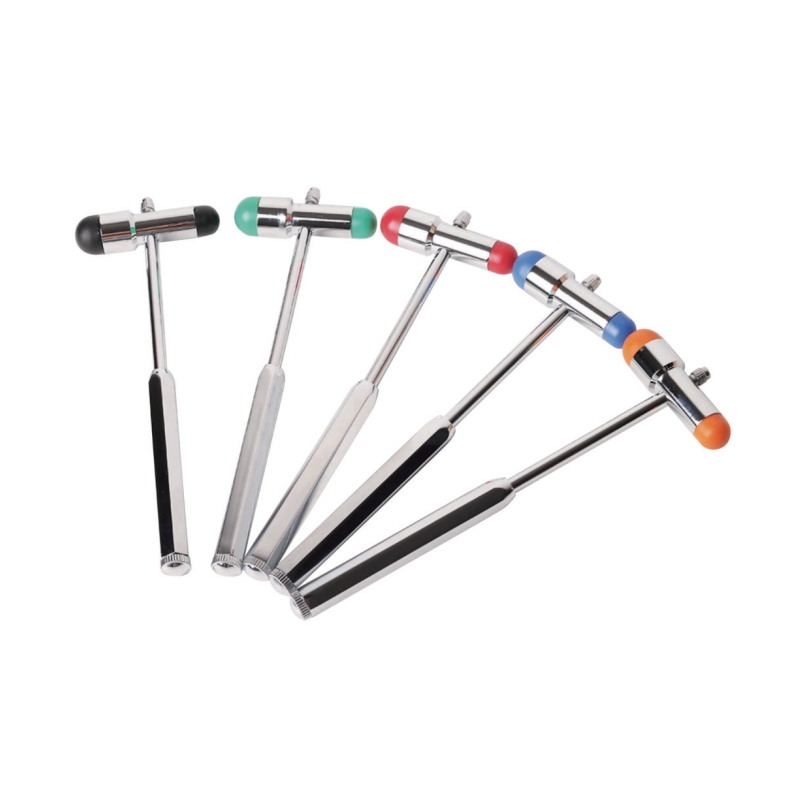Key Parameters for Medical Pupillary Penlights
Key Parameters for Medical Pupillary Penlights
A medical pupillary penlight is a device commonly used in ophthalmic examinations, particularly in neurological assessments, to help physicians quickly evaluate pupillary response, and examine the health of the fundus, optic nerve, and nervous system. By directing a concentrated light source into the eye and observing the pupillary reaction to light, it aids in judging ocular and neurological function. To ensure its accuracy and safety, a medical pupillary penlight must meet the following key parameters:
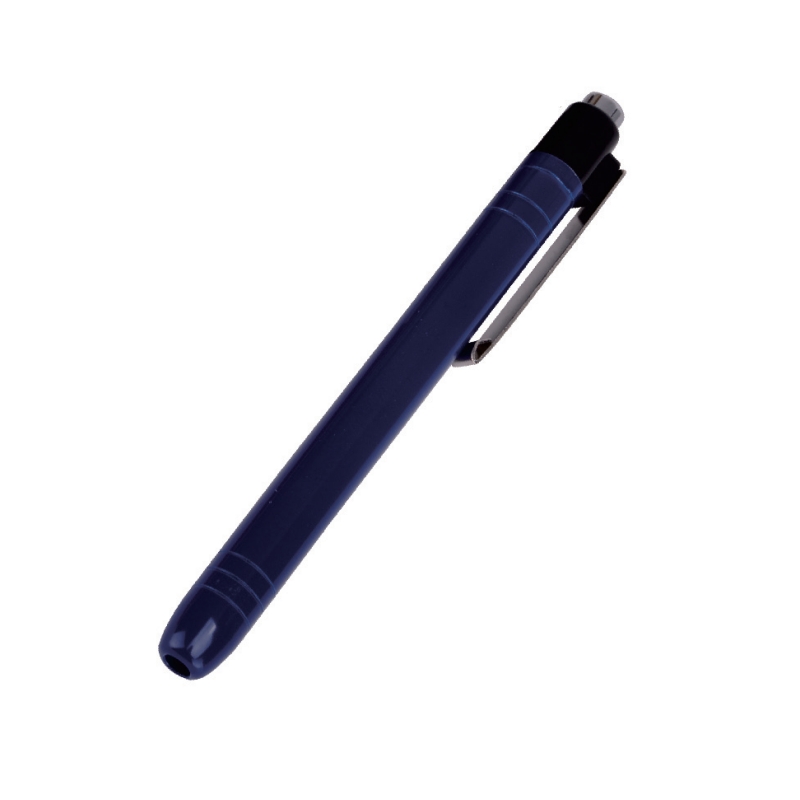
Luminous Intensity / Brightness
The brightness of the penlight's light source should be moderate—sufficient to clearly illuminate the eye without causing retinal damage. Typically, the luminous intensity ranges from 30 to 50 lumens, depending on the device's design and application. An overly bright light may cause patient discomfort, while insufficient brightness might hinder clear observation of the pupillary response. Therefore, the brightness should ideally be adjustable to adapt to different examination needs.Beam Focus
The penlight beam should have good focus, ensuring the light is concentrated on the eye, particularly the pupil area. The beam angle should be adjustable to accommodate different irradiation distances and angles. Typically, the adjustable beam angle range is between 0 and 40 degrees, allowing physicians to adjust the light's position based on the specific clinical situation.Battery Life
As medical pupillary penlights are often used portably, battery life is crucial. Generally, the penlight should have a long usage time to meet the demands of prolonged clinical examinations. Typically, the battery should last for at least 3 hours of continuous use. Some high-end models may feature rechargeable batteries for added convenience.Light Color Temperature
Color temperature, measured in Kelvin (K), refers to the hue of the light. For medical pupillary penlights, the color temperature should closely resemble natural white light, usually chosen within the range of 5000K to 6500K. Natural white light provides visual clarity closest to standard conditions, helping physicians assess pupillary reactions without distortion caused by unusual light tints.Ergonomic Design
The penlight's design should be ergonomic, facilitating a comfortable and secure grip for the physician. It is typically designed to be lightweight and easy to operate, allowing flexible control over the direction and angle of the light beam. Additionally, the exterior should have a non-slip surface to prevent accidental drops during use.Safety
Safety is a primary consideration for medical devices. Medical pupillary penlights should possess a certain degree of protection (e.g., IPX0 or higher ratings for water and dust resistance) to prevent contamination from liquids or dust in clinical environments. The housing should be made of durable, deformation-resistant materials to avoid damage and ensure safety during use.Convenience and Cleanability
The penlight should have a simple structure, allowing for easy disassembly and cleaning. Especially in hospital or clinic settings, where frequent disinfection is necessary, the penlight's surface should be made of antibacterial, easy-to-clean materials to inhibit bacterial growth.Visit us at: www.kellyunion.com

 English
English Spanish
Spanish Turkish
Turkish
